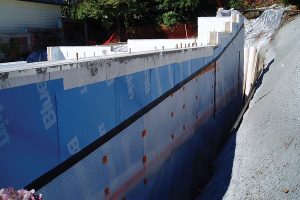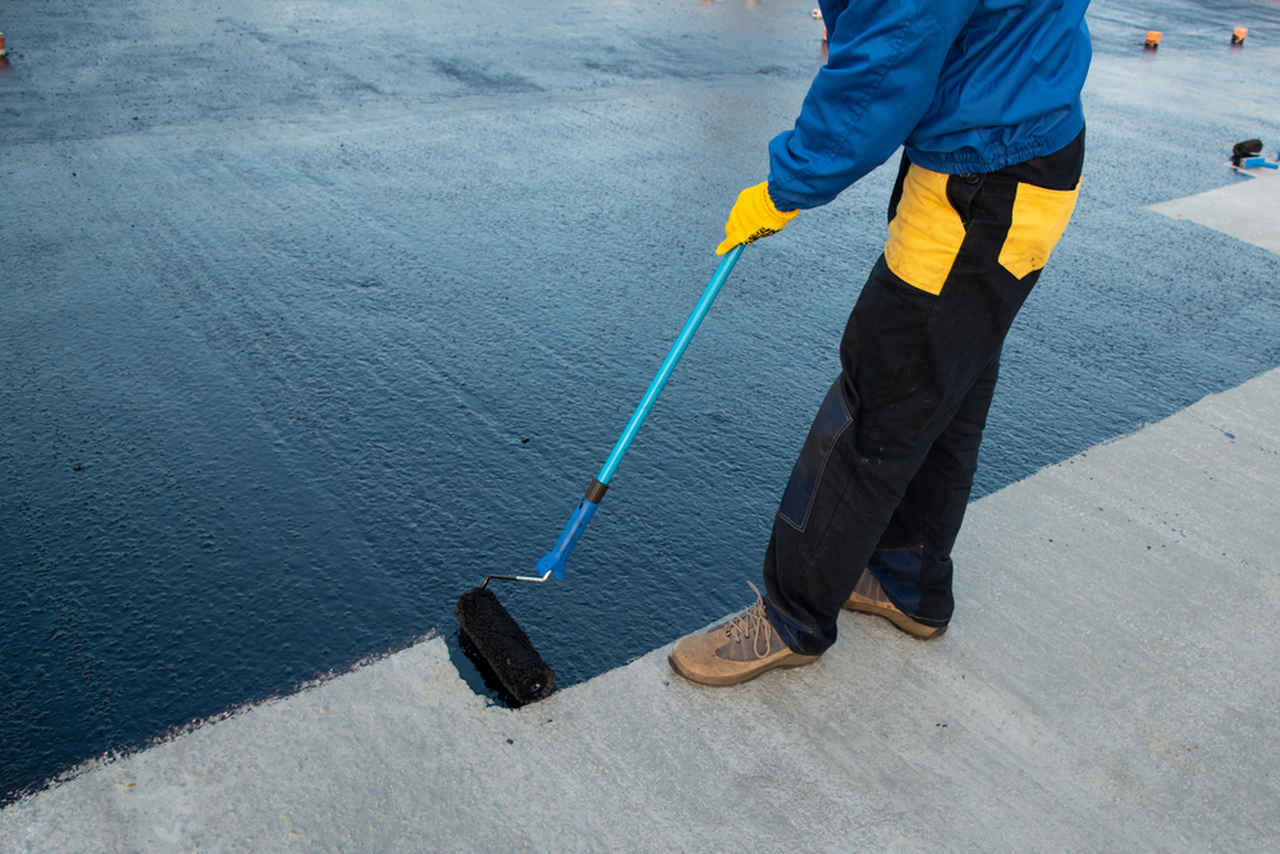Choosing the Best Form of Waterproofing
Waterproofing is an essential aspect of construction and maintenance, ensuring that structures remain durable and protected from the elements. When it comes to waterproofing, there are several options available, each with its unique advantages and disadvantages. In this article, we’ll explore the best forms of waterproofing and help you make an informed decision for your specific needs.
Understanding the Importance of Waterproofing
Before we dive into the best forms of waterproofing, it’s crucial to understand why waterproofing is so vital. Water infiltration can lead to structural damage, mold growth, and other issues, significantly impacting the integrity of a building. Waterproofing acts as a barrier to prevent water from seeping into a structure and causing these problems.

The Best Forms of Waterproofing
Liquid Applied Waterproofing
Liquid applied waterproofing is a popular choice for a wide range of applications. This method involves applying a liquid membrane directly onto the surface, which then cures into a seamless, protective layer. It’s often used on roofs, decks, and even in basements.
Advantages:
- Seamless application for excellent coverage.
- Adheres well to various surfaces, including concrete, metal, and wood.
- Can be applied in a variety of temperatures and weather conditions.
Disadvantages:
- May require multiple coats for optimal effectiveness.
- Proper application is critical to avoid leaks or delamination.
- Can be more expensive than some other options.
Sheet Membrane Waterproofing
Sheet membrane waterproofing involves installing a barrier in the form of sheets or rolls. These sheets are made from various materials, including asphalt, rubber, or thermoplastic. They are applied to the surface and provide a durable, waterproof shield.
Advantages:
- Highly durable and resistant to damage.
- Excellent for large, flat surfaces like roofs and foundations.
- Relatively easy to install with proper training.
Disadvantages:
- Can be less flexible than liquid membranes, making it less suitable for complex shapes or designs.
- Seams and joints may require special attention to prevent leaks.
- May have limitations in extreme temperature conditions.
Cementitious Waterproofing
Cementitious waterproofing involves the use of a cement-based mixture that is applied to surfaces like concrete. This method creates a rigid, protective barrier that is highly resistant to water penetration. It is commonly used in applications like basements and water tanks.

Advantages:
- Excellent adhesion to concrete surfaces.
- Durable and long-lasting solution.
- Resistant to UV exposure and extreme weather conditions.
Disadvantages:
- Not suitable for non-concrete surfaces.
- May require multiple layers for maximum effectiveness.
- Cracking and shifting in the substrate can lead to water infiltration over time.
Hybrid Waterproofing Systems
Hybrid waterproofing systems combine two or more waterproofing methods to leverage the strengths of each. For instance, a hybrid approach might involve using a liquid-applied membrane in conjunction with sheet membrane in areas with complex shapes or joints, providing comprehensive protection.
Advantages:
- Optimal waterproofing tailored to the specific needs of a project.
- Versatility and adaptability to various surfaces and conditions.
- Enhanced durability and resistance to water infiltration.
Disadvantages:
- May require more expertise in installation and selection of materials.
- Can be more expensive due to the combination of methods.
- Proper planning and execution are essential for success.
Choosing the Right Waterproofing Solution
When it comes to selecting the best form of waterproofing for your project, there is no one-size-fits-all answer. The right choice depends on various factors, including the type of surface, environmental conditions, budget, and long-term goals. It’s advisable to consult with a professional waterproofing contractor who can assess your specific needs and recommend the most suitable solution.
Conclusion
Waterproofing is a critical aspect of construction and maintenance, and the best form of waterproofing varies from project to project. Whether you opt for liquid applied waterproofing, sheet membrane waterproofing, cementitious waterproofing, or a hybrid system, it’s essential to choose the method that best suits your requirements. Remember that proper installation and maintenance are key to ensuring your structure remains protected from water infiltration for years to come. https://allsydneywaterproofing.com/waterproofing-services-sydney/

